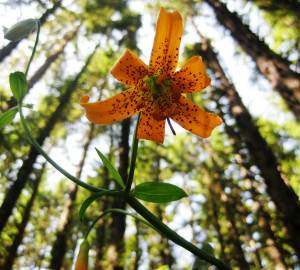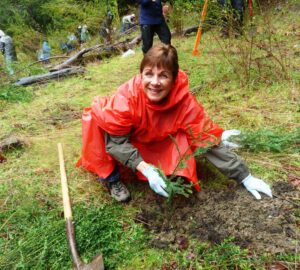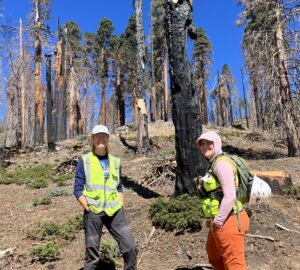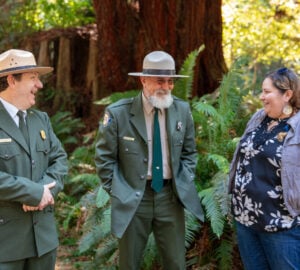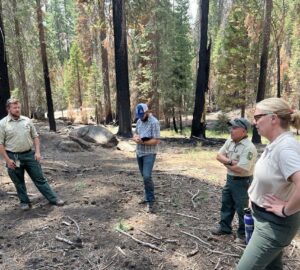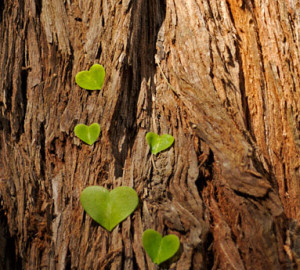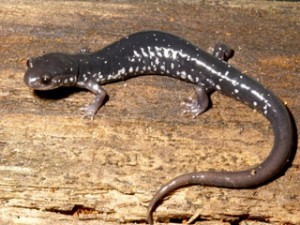
Sometimes when I tell people about new research the League has sponsored, like this recent study describing the links between forest condition and salamander populations in recovering redwood forests, I get a look that I know means, “That’s pretty neat, but so what? Why does it matter?”
A lot of folks think of science as a journey along a path, with each new finding representing a step, a hop, even a great leap toward wisdom. The problem with this understanding is twofold: first, the idea that scientific research proceeds in a single direction; and second, that science has any direction at all, that it is driven by answers and not questions, that the cumulative weight of all of the minds and all of the investigation tends toward a single end.
I prefer to think of it another way. I like to imagine science as a city, a great metropolis of human knowledge, built stone by stone with the work of scientists current and ancient, historic and prehistoric, as controlled as the clinical trial for a promising new medicine or as informal as observing the shifting composition of a local flock of birds across the seasons.
In this city, each experiment becomes a brick in the wall of a cathedral or courthouse, every review a piece of joinery or smear of cement, each new method developed a sign to direct or lamp to illuminate. Some studies may be foundational, keystone projects upon which whole great houses are built. Some studies may lend support, a brace or joist that bolsters a finding so tall its weight alone cannot anchor it. Yet other research serves less practical, but still beautiful purposes (for instance, did you know that there are at least 6 x 1022 stars in the sky? Useful? Probably not, but interesting? Very.). These kinds of knowledge are like statues and playgrounds – while not essential to the basic function of a city, these small pieces of beauty and whimsy are vital to its flourishing. Science is found in every curious question, every self-experiment, every attempt to discern the patterns in nature or the paths of stars. And it all matters. Every brick, every bolt, every window frame or park bench. There may not be a straight line, or any line at all, between an individual discovery and a practice or invention that changes our lives, but in science, as in nature, every piece has a role to play.
So what? Why does it matter that the population of woodland salamanders is related to forest recovery? Well, if we are serious about restoring degraded redwood forests, we need to know whether or not our efforts have worked. Woodland salamanders may provide the link to understanding that success, their increasing populations an indicator of the growing age and decadence of the forest whole. Perhaps it goes the other way, and the conservation of robust salamander populations becomes a reason to perform restoration in the first place. Or maybe it’s neither, and the apparent link between salamanders and forest recovery leads to the discovery of a better, cleaner proxy for restoration success. Whatever the conservation result of this study, no matter how eventual or indirect, this research matters to that end just as every brick, every rafter, every essential unseen part matters to building the great city of knowledge.

